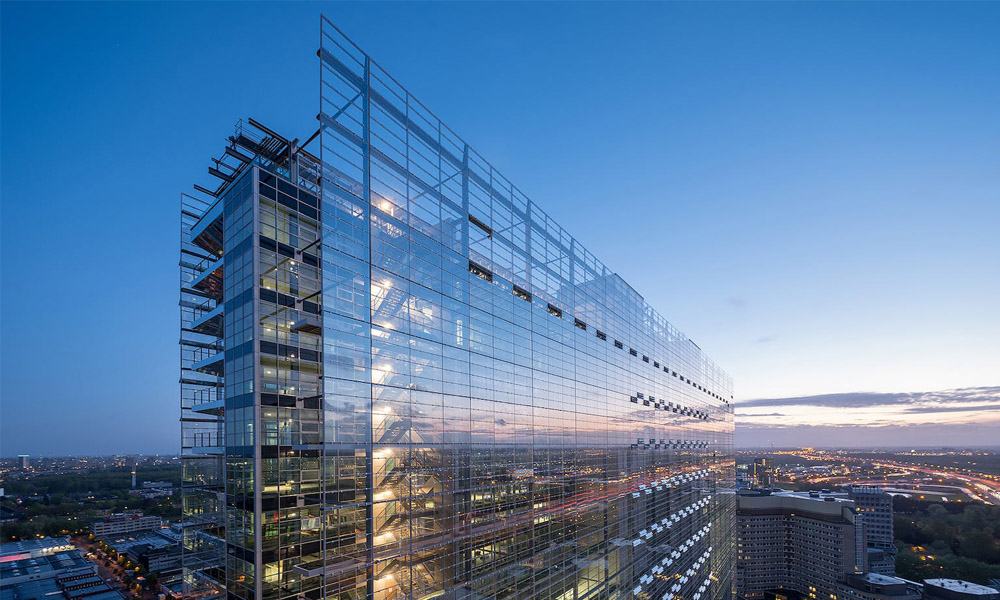

Exploring the Allure of Wave Pattern Glass Where Nature Meets Artistry
In the world of design and decor, few elements capture the essence of nature quite like wave pattern glass. This innovative material melds the ethereal beauty of flowing water with the stability of glass, creating products that not only serve functional purposes but also embody a strong aesthetic appeal. The elegance of wave pattern glass has gained significant traction across various domains, from architecture and interior design to art installations and functional wares.
Wave pattern glass is characterized by its undulating surface, reminiscent of the rhythmic movement of waves lapping against the shore. This design mimics the natural patterns found in bodies of water, effectively bringing an organic touch to otherwise sterile environments. When light interacts with the wavy surface, it refracts in captivating ways, producing a dynamic interplay of light and shadow. This feature is particularly appealing in spaces where ambiance and mood are crucial, such as in residential homes, restaurants, and exhibition spaces.
One of the primary applications of wave pattern glass lies in architecture. Designers often utilize this material for windows, walls, and facades, enabling buildings to harmoniously blend with their surroundings. Instead of traditional flat glass, wave pattern glass provides a sense of fluidity and movement while offering privacy without sacrificing natural light. The tactile surface can soften the starkness often associated with glass buildings, creating a visually stimulating experience for occupants and passersby alike.

In interior design, wave pattern glass proves to be an exceptional choice for various applications, including shower enclosures, room dividers, and decorative panels. The unique surface texture adds depth and interest to interiors, making it a favored option for modern homes and commercial spaces alike. Designers appreciate its versatility, as it can be paired with an array of materials such as wood, metal, and stone, enhancing the overall design narrative.
In addition to architectural and interior design, wave pattern glass plays a significant role in the realm of art. Artists harness its reflective qualities to create sculptures and installations that engage viewers on multiple sensory levels. The fluid aesthetics can evoke emotions tied to nature and tranquility, making wave pattern glass a medium of choice for contemporary artists looking to challenge perceptions and explore themes of movement and change.
Moreover, the functionality of wave pattern glass extends to everyday objects, such as tableware and lighting fixtures. Designers have embraced this material to create stunning yet practical items, transforming utility into art. For instance, wave-patterned glass lamps can cast mesmerizing light patterns, adding intrigue to any space, while dinnerware fashioned from this glass can turn an ordinary meal into a visually compelling experience.
In essence, wave pattern glass captures the beauty of nature while infusing functionality and artistic merit into everyday life. Its rippling surface not only mesmerizes the eye but also encourages a deeper connection to nature, reminding us of the ever-changing world around us. As designers continue to explore and innovate with this vibrant medium, wave pattern glass stands poised to leave an indelible mark on the future of design, forever bridging the gap between the natural and the manmade. In a society increasingly drawn to eco-friendly and aesthetically pleasing solutions, wave pattern glass represents a blend of beauty, sustainability, and functionality, making it a remarkable choice for various creative endeavors.